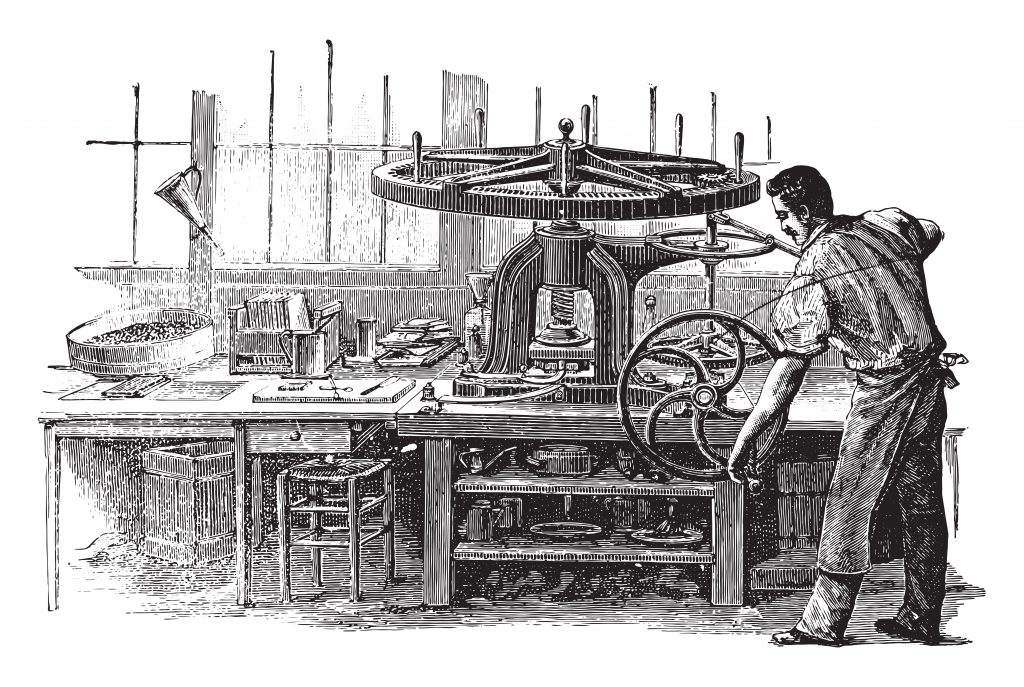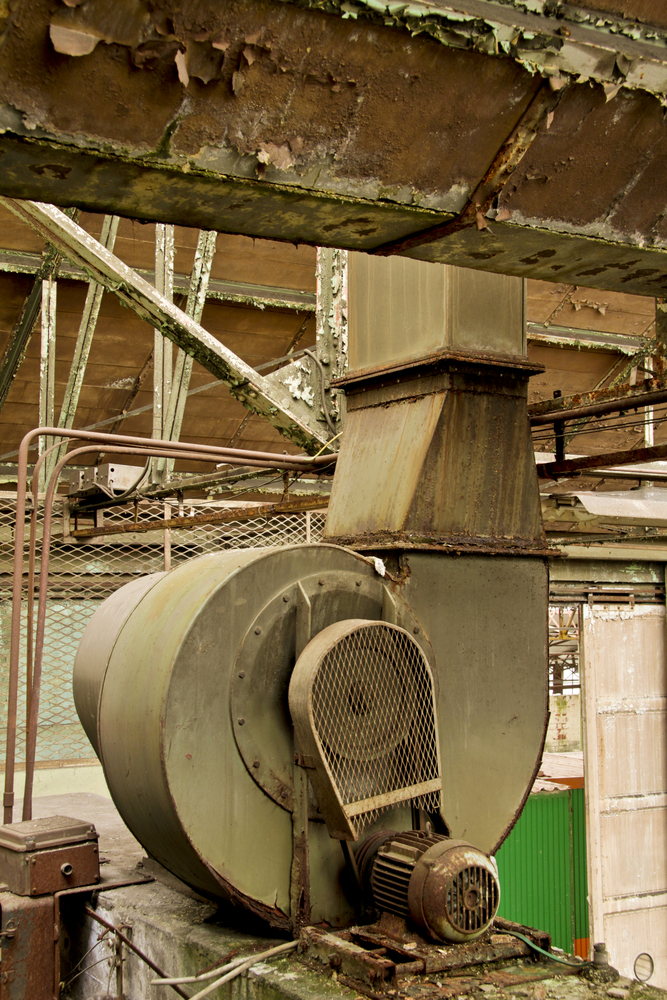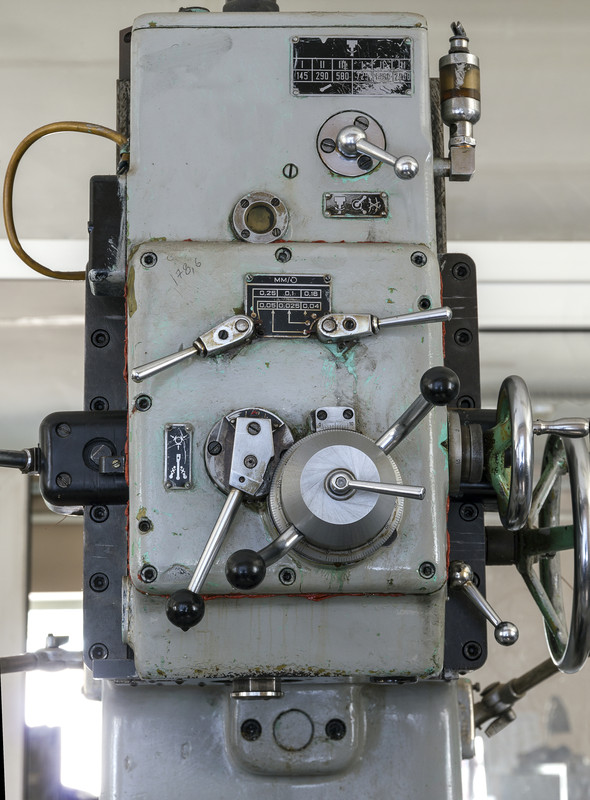F2 Labs assists many manufacturers, internationally, with CE marking requirements. Regarding CE marking, primarily we test and evaluate electro-mechanical equipment for compliance with electrical safety, machinery safety, EMC and radio, medical device, and hazardous location requirements.

However, when a manufacturer completes a compliance project for Europe and places a CE marking on the equipment, that CE marking is an overt claim of compliance with the RoHS Directive 2011/65/EU: intentional or not. This is because the CE marking on a product is a claim of compliance to any CE marking Directive that is applicable.
In other words: if your product is in the scope of RoHS then putting a CE marking on the product is a claim that it complies with the RoHS substance restrictions… for every component in and on your equipment. Including the paint and labels.
It is very common for our customers to assume that RoHS does not apply to their equipment because it is machinery. This is not a legal reason to ignore RoHS. This article will explain why.

RoHS 2011/65/EU defines equipment within its scope as per below –
Article 2, Scope
- This Directive shall, subject to paragraph 2, apply to EEE falling within the categories set out in Annex I.
See definition of ‘EEE’ in Article 3 (1)
Article 3, Definitions
For the purposes of this Directive, the following definitions shall apply:
(1) ‘electrical and electronic equipment’ or ‘EEE’ means equipment which is dependent on electric currents or electromagnetic fields in order to work properly and equipment for the generation, transfer and measurement of such currents and fields and designed for use with a voltage rating not exceeding 1 000 volts for alternating current and 1 500 volts for direct current;
See Annex I (6.) and (9.)
ANNEX I, Categories of EEE covered by this Directive
- Large household appliances.
- Small household appliances.
- IT and telecommunications equipment.
- Consumer equipment.
- Lighting equipment.
- Electrical and electronic tools.
- Toys, leisure and sports equipment.
- Medical devices.
- Monitoring and control instruments including industrial monitoring and control instruments.
- Automatic dispensers.
- Other EEE not covered by any of the categories above.
Next, we look to the WEEE Directive 2012/19/EU to see the indicative list of equipment matched to Annex I in RoHS 2011/65/EU. Keep in mind that these lists are indicative, not complete. And, we also highlight that WEEE and RoHS were written as complimentary Directives and refer to each other. (link: RoHS/WEEE).
See WEEE 2012/19/EU, Annex II (6.) and (9.)
- ELECTRICAL AND ELECTRONIC TOOLS (WITH THE EXCEPTION OF LARGE-SCALE STATIONARY INDUSTRIAL TOOLS)
- Drills
- Saws
- Sewing machines
- Equipment for turning, milling, sanding, grinding, sawing, cutting, shearing, drilling, making holes, punching, folding, bending or similar processing of wood, metal and other materials
- Tools for riveting, nailing or screwing or removing rivets, nails, screws or similar uses
- Tools for welding, soldering or similar use
- Equipment for spraying, spreading, dispersing or other treatment of liquid or gaseous substances by other means
- Tools for mowing or other gardening activities
- MONITORING AND CONTROL INSTRUMENTS
- Smoke detector
- Heating regulators
- Thermostats
- Measuring, weighing or adjusting appliances for household or as laboratory equipment
- Other monitoring and control instruments used in industrial installations (e.g. in control panels)
Next we refer to two possible exclusions in RoHS 2011/65/EU.
See RoHS 2011/65/EU, Article 2 (4.) (d) and (e):
Article 2, Scope
- This Directive does not apply to:
(d) large-scale stationary industrial tools;
(e) large-scale fixed installations;
Next, see the definitions of each in RoHS 2011/65/EU, Article 3 (3) and (4):
(3) ‘large-scale stationary industrial tools’ means a large-scale assembly of machines, equipment, and/or components, functioning together for a specific application, permanently installed and de-installed by professionals at a given place, and used and maintained by professionals in an industrial manufacturing facility or research and development facility;
(4) ‘large-scale fixed installation’ means a large-scale combination of several types of apparatus and, where applicable, other devices, which are assembled and installed by professionals, intended to be used permanently in a pre-defined and dedicated location, and de-installed by professionals;
Referring next to the EU Commission published RoHS 2 FAQ, if you can not categorize your machinery as meeting ALL of the criteria below then your equipment is not excluded from RoHS.
See Q3.1 –
Q3.1 What are “large-scale stationary industrial tools” and “large-scale fixed installations”? (Articles 2(4)(d) and 2(4)(e)).
Unlike RoHS 1, RoHS 2 has an open scope. However, several product groups are excluded from the RoHS 2 scope.
Two of the exclusions listed in Article 2(4) refer to combinations of EEE in a professional context, i.e. “large-scale stationary industrial tools” (Article 2(4)(d)) and “large-scale fixed installations” (Article 2(4)(e)).
Both terms are explained in the definitions (Articles 3(3) and 3(4)), however it is not explained what “large-scale” means. Both categories are combinations of various types of items, such as machinery, components etc. for permanent use at a specific place, installed and de-installed by professionals. Therefore the two categories may overlap. However, it is important to consider that the meaning of “large-scale” in absolute terms may be a different one for tools and installations, as there are differences between tools and installations.
Tools are essentially machines, stand-alone or assemblies, often with moving parts, and used for example for the treatment or manufacturing of materials and work pieces. The Machinery Directive11 can be used as guidance.
Typical machine tools can also be part of fixed installations.
In order to benefit from either exclusion, the tool or installation must meet all the respective requirements. As stated below, it has to be:
(Tool)
- an assembly of machines, equipment and/or components, functioning together for a specific application;
- permanently installed and de-installed by professionals at a given place;
- used and maintained by professionals in an industrial manufacturing facility or R&D facility;
- and it has to be large-scale;
(Installation) – a combination of several types of apparatus and, where applicable, other devices;
- assembled, installed and de-installed by professionals;
- with the intention to be used permanently in a pre-defined and dedicated location;
- and it has to be large-scale.
“Large-scale” is part of both sets of requirements. Evidently, this draws a line between “larger” tools and installations benefiting from an exclusion, and otherwise similar, “smaller” equipment.
“Large-scale” refers to dimensional or similar criteria as explained below, although this criterion is not specified in the RoHS 2.
The important take-away is this sentence from Q3.1: In order to benefit from either exclusion the tool or installation must meet all the respective requirements.
This means that your equipment must all of the above criteria in order to be excluded from RoHS. With that interpretation (provided by the EU) it is clear that most machinery is in the scope of RoHS, presently.
Additionally, this is added further into Section 3 of the RoHS guidelines:
As regards “large-scale”, this is especially relevant to tools such as stand-alone
industrial machines placed individually on the market. “Large-scale” can be used to
identify and differentiate between tools because of their size, weight, capacity,
throughput or other performance related criteria. It also relates to tool or installation
complexity, and to the effort needed for installing, operating, maintaining and deinstalling a tool or an installation.
One possible way of introducing a direct size criterion relates to transportation. The
following guidance metrics and qualitative criteria can be applied for installations. If the installation exceeds the minimum requirements for one of the following criteria, it can be considered large-scale:
– If, when installing or de-installing the installation, it is too large to be moved in
an ISO 20 foot container because the total sum of its parts as transported is
larger than 5,71m x 2,35m x 2,39m, it can be considered large-scale.
– The maximum weight of many road trucks is 44 tonnes. Thus if, when installing
or de-installing the installation, it is too heavy to be moved by a 44 tonne road
truck, because the total sum of its parts as transported weighs more than the
truck’s load capacity, it can be considered large-scale.
– If heavy-duty cranes are needed for installation or de-installation, the
installation can be considered large-scale.
– An installation that does not fit within a normal industrial environment, without
the environment needing structural modification, can be considered large-scale.
Examples for modifications are modified access areas, strengthened
foundations etc.
– If an installation has a rated power greater than 375 kW, it can be considered
large-scale.
F2 Labs is here to help.
Have a question or a comment? We can be contacted via this link. We can be reached by phone at 877-405-1580 and are here to help you.

